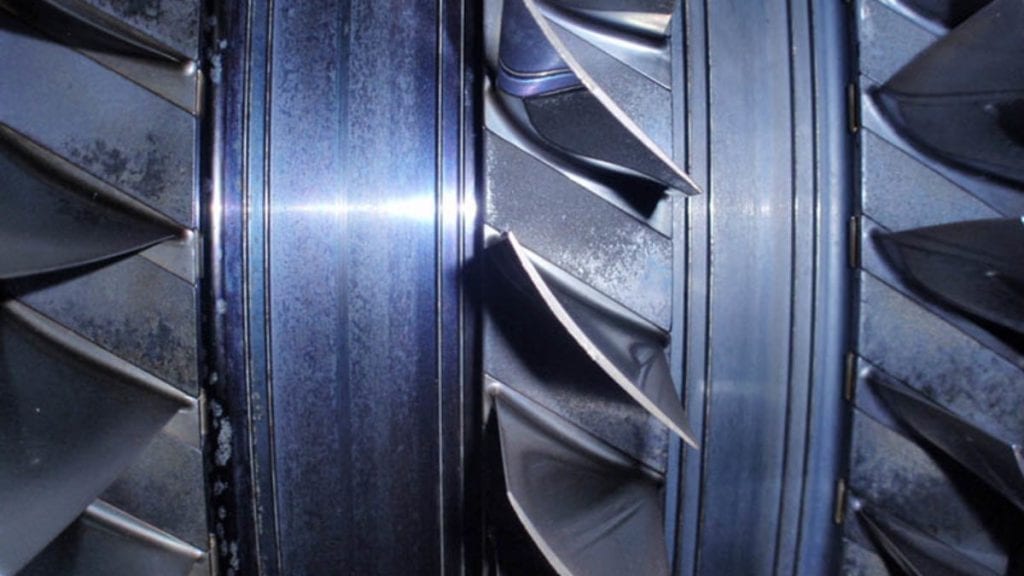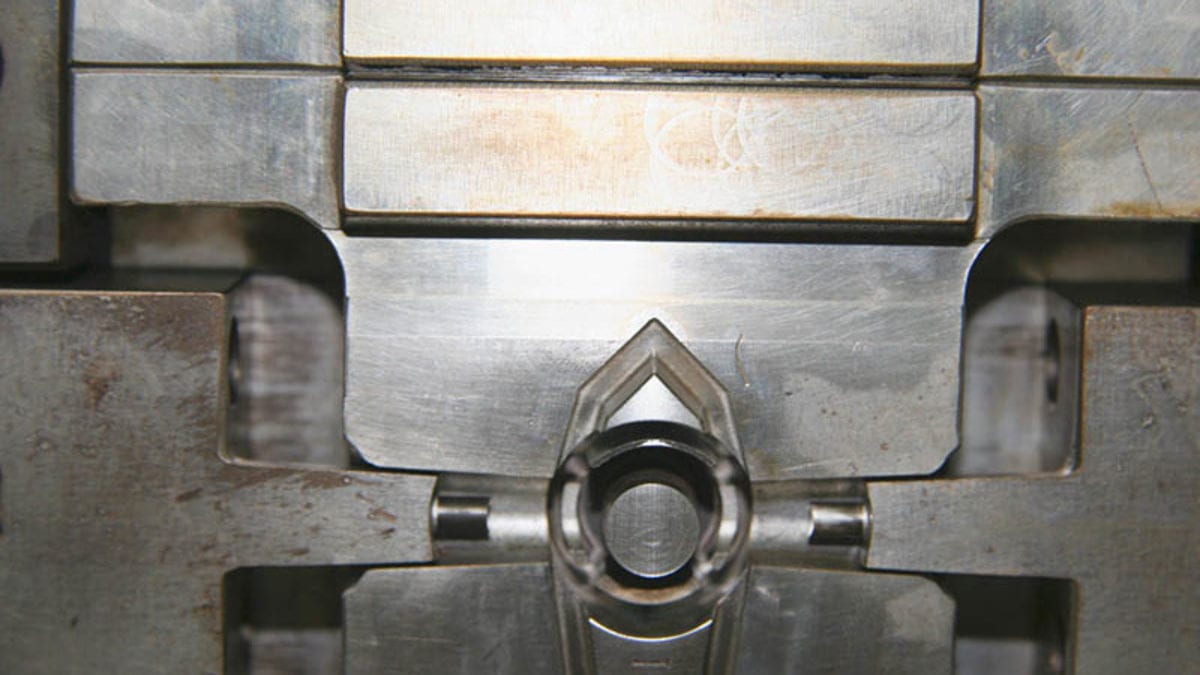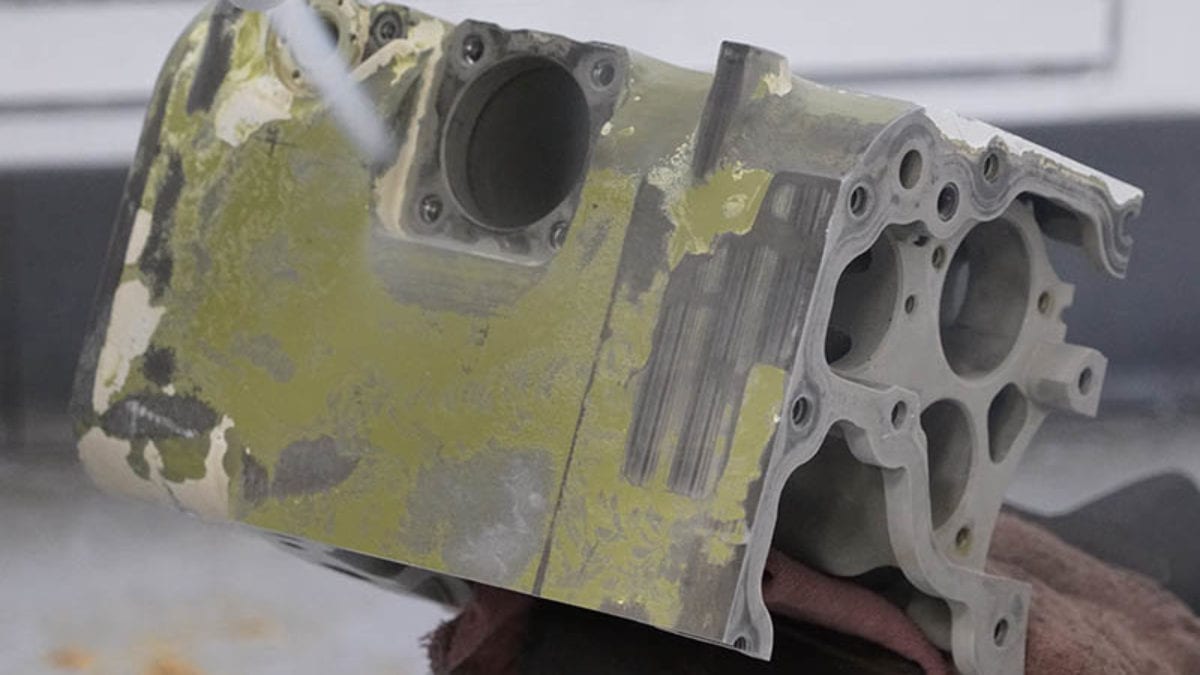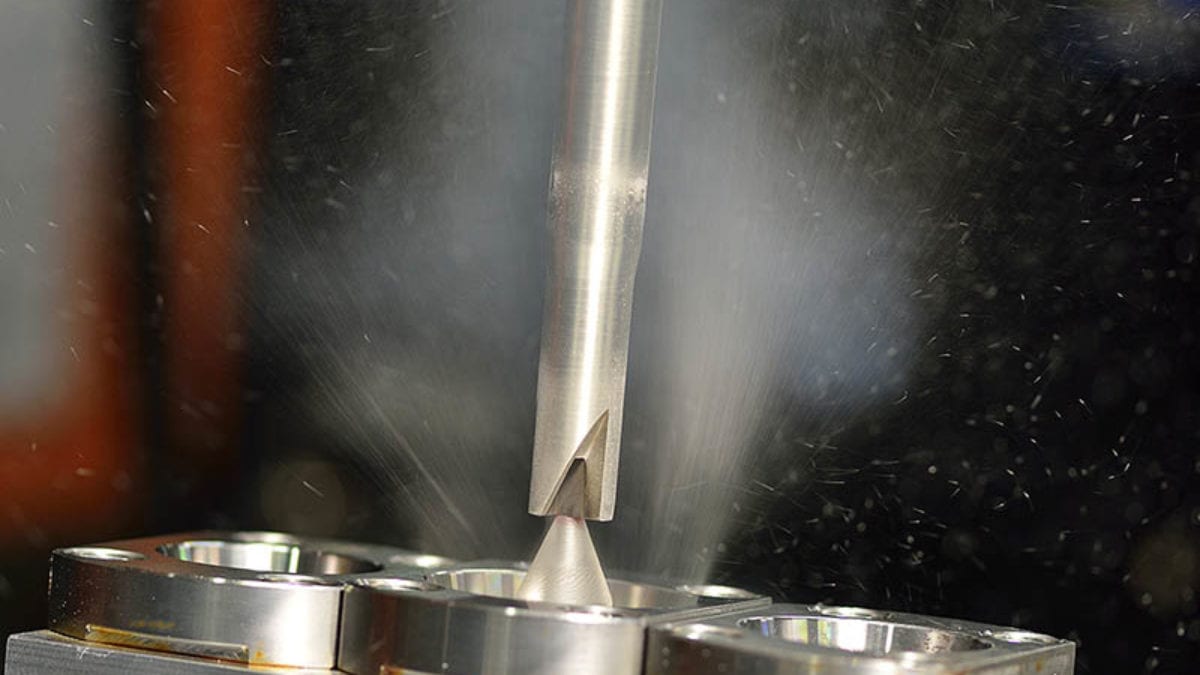AEROSPACE & AVIATION
Safely clean a variety of parts
and equipment while maintaining
high quality standards
Dry ice blasting helps Aerospace manufacturers meet stringent
industry demands. The process safely removes many types of
contaminants from a variety of surfaces for maintenance purposes,
safety inspections and as a surface preparation prior to painting.
CASE STUDIES
Revolutionise processes
to drive real results.
General Equipment Cleaning
Reduce cleaning time and production
downtime while prolonging life of equipment




BENEFITS
Dry ice cleaning quickly and effectively cleans production equipment without water, chemicals or secondary waste.
- Reduce cleaning time
- Eliminate manual cleaning with harmful chemical solvents
- Non-conductive cleaning process
- No secondary waste
- Non-abrasive
Eliminate wear and tear on machinery - Reduce risk of unplanned production stoppages and costly repairs
- Environmentally responsible
- Clean in-place
No disassembly required - Enhance Total Productive Maintenance (TPM) programs
SPECIFIC USE CASES:
- Fin cleaning and inspection
- Turbine engine nacelles
- Electronic components
- Compressor blades
- Brake assemblies
- Foam insulation
- Cargo bay areas
- Turbine engine components
- Tow hitches
- Landing gear systems
- Engine bay covers
Mould Cleaning
Improve productivity by reducing downtime






BENEFITS
Dry ice blasting is a non-abrasive method that safely cleans moulds online, at operating temperatures.
- Improve product quality
- Clean in-place
Little to no disassembly required - Non-abrasive
No damage to moulds - Reduce scrap
Cleaner moulds lead to higher quality - Meet stringent industry demands
6-Sigma, Kaizen, 5S, TPM (Total Productive Maintenance) - Reduce production downtime
Clean quicker and without cooldown or disassembly - Decrease cleaning time and labour costs
- Eliminate painstaking manual cleaning
SPECIFIC USE CASES:
- Injection moulds
- Blow moulds
- Compression moulds
- Urethane moulds
- Textured moulds
- Slush moulds
- Technical moulds
- Extrusion dies
- Rotational moulds
- LSR and LIM moulds
- Thermoform moulds
Composite Tool Cleaning
Meet stringent industry demands while
protecting delicate tool surfaces and finishes





BENEFITS
Dry ice blasting quickly cleans a variety of tooling made of a varying degree of materials.
- Reduce production downtime
- Maximise tooling life
- Environmentally responsible
No secondary waste - Reduce cleaning time and labor costs
- Non abrasive
No damage to tooling surfaces - Clean a variety of materials with a single machine
- Clean tooling in place
- Eliminate chemicals and solvents
SPECIFIC USE CASES:
- Compression moulding
- Resin transfer moulding
- Extrusion
- Pre-pregging
- Wet-layup
- Teflon-coated tools
- Highly-polished tools
- Post-processing equipment
- Autoclave flooring walls
- PEEL, Kevlar, E-Glass, S-Glass, Spectra, Boron, Pultrusion, etc.
- LIM moulding
Surface Preparation
Prepare surfaces with a dry process that allows
for immediate coatings/paint application


BENEFITS
Dry ice cleaning is a dry process that eliminates the need for aqueous or chemical solutions on paint lines.
- Dry process allows for immediate paint or coating after cleaning
- No secondary waste
Reduce disposal costs - Non-abrasive
Will not damage parts - Improve product quality
- Environmentally responsible
SPECIFIC USE CASES:
- Interior parts
- Exterior parts
- Cleaning surfaces before RTVs
BENEFITS OF DRY ICE BLASTING
Reduce cleaning time and costs
while protecting surfaces of
valuable tooling and equipment
Dry ice blasting is used to clean a variety of materials from tooling and equipment, including sealants and adhesives, foam insulation, grease and burnt carbon, carbon fiber residue, plasma overspray, ceramic matrix composites (CMC) residue, release agents and more.
→ Decrease cleaning time and labour costs
→ Non-abrasive
No damage to substrates
→ Clean in-place
No disassembly required
→ Increase productivity and reduce downtime
→ Non-conductive cleaning process
→ Employee safe
Reduce harmful chemicals and tedious manual cleaning
→ Environmentally responsible
→ Improve part quality and reduce scrap
→ No secondary waste stream
TESTIMONIALS
Thousands of customers
around the world rely on Cold Jet
With a global install base of 15,000+ that consists of companies
large and small – Cold Jet delivers real value.
[testimonials_slider speed="800" autoplay_interval="5000"]













